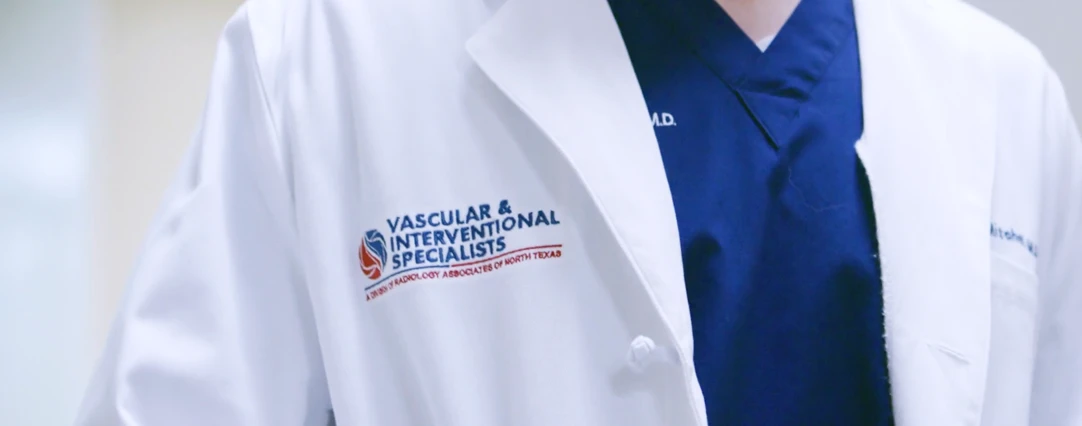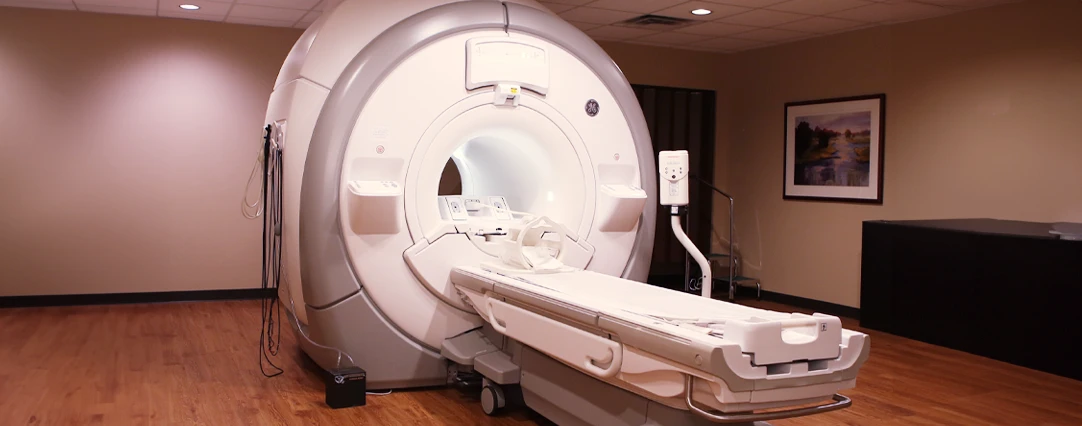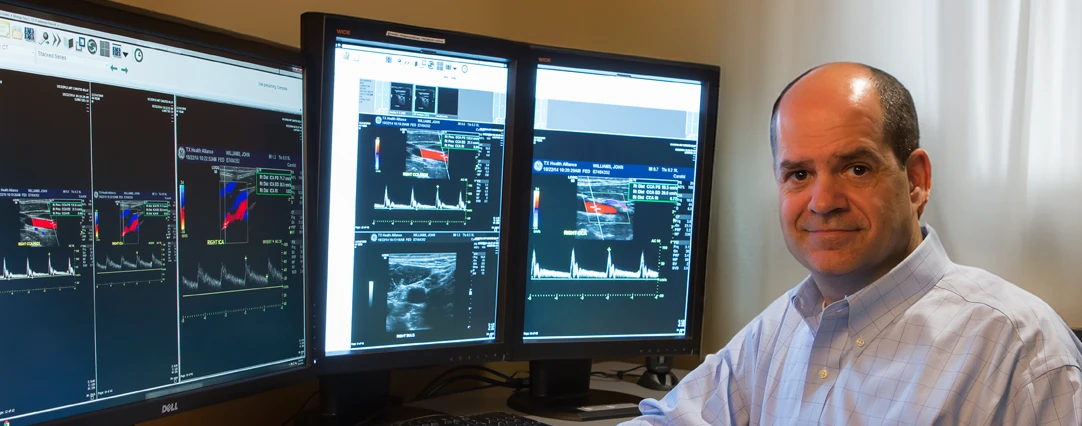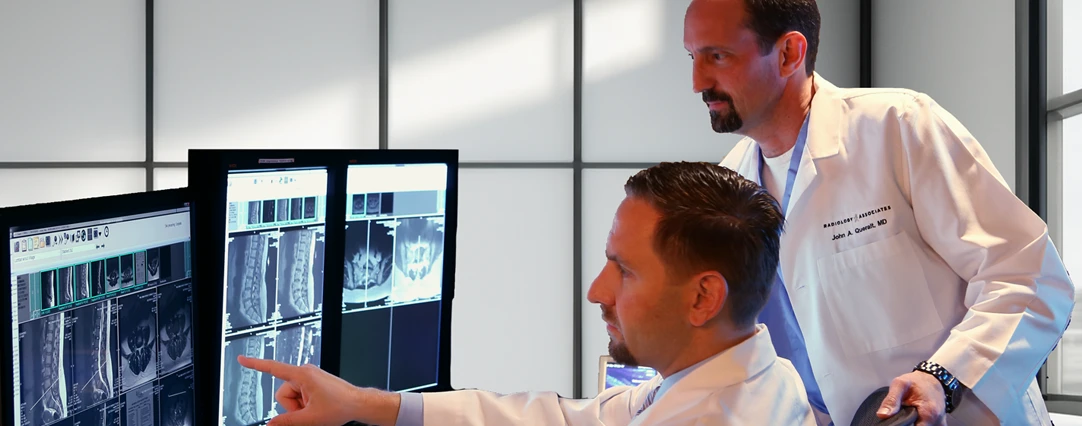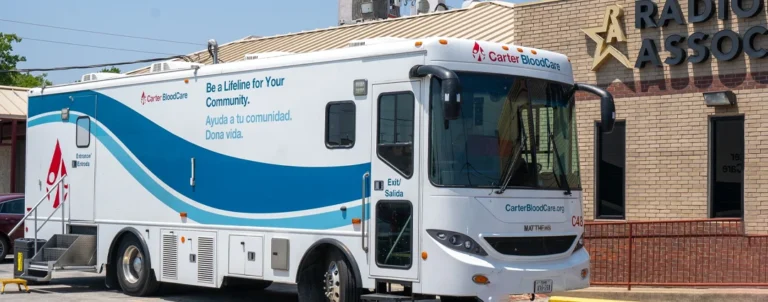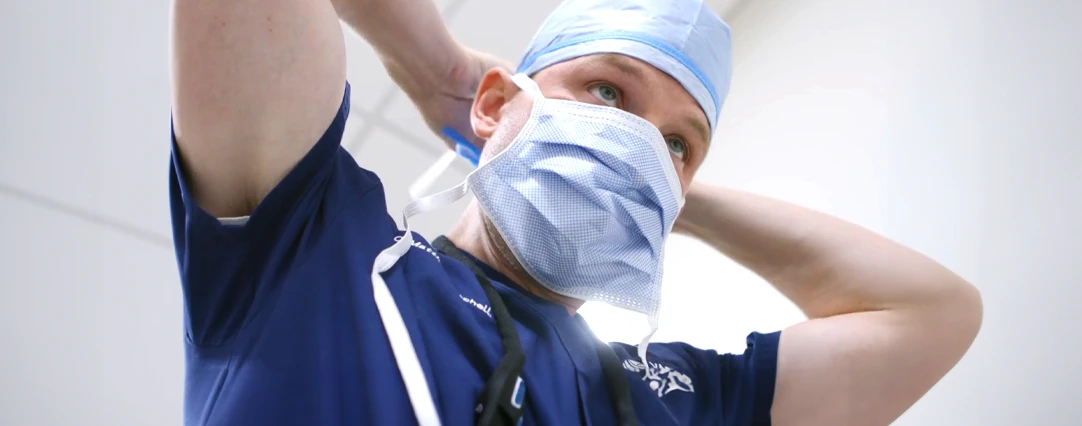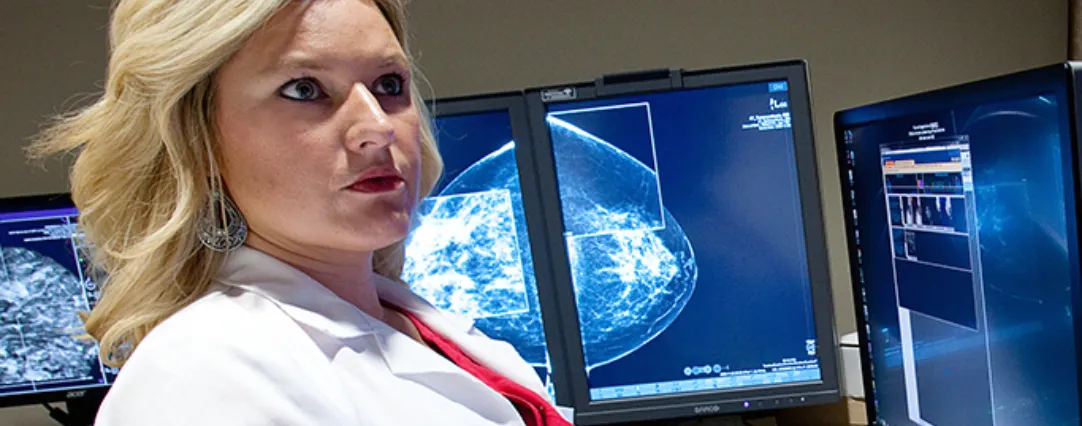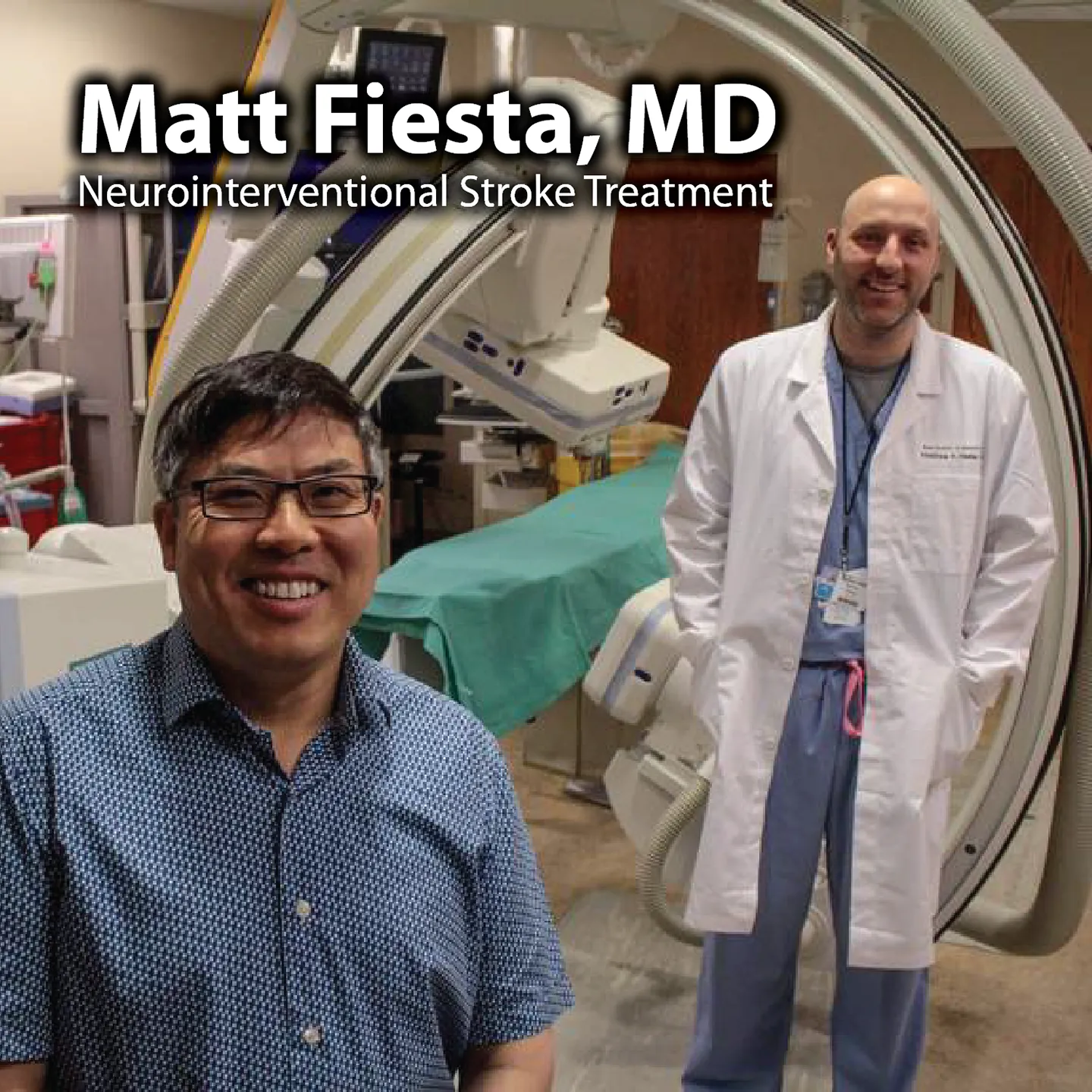He was a workaholic and suffered a stroke. Here’s why he feels ‘privileged and blessed’
Bob Jing was a workaholic and Aug. 19 was just another normal and busy day.
The dentist was accustomed to practicing in several offices across the Fort Worth area, seven days a week, but about noon that day his life would change in an instant.
“I was taking somebody’s tooth out,” Jing recalled, and was making conversation as he worked. “The patient actually said, ‘what are you talking about? You’re not making any sense.’”
In the next few minutes, Jing remembers kicking a wall and he couldn’t feel it.
He was itching and could not scratch. His arms were stiff and locked against his chest.
“I thought, ‘Gosh, this could be the end of me’,” he said.
Jing had suffered an ischemic stroke, when a blood clot forms inside a blood vessel and obstructs blood flow to the brain.
Jing’s office that day was only a two-minute emergency transport to Texas Health Harris Methodist Hospital Fort Worth. The hospital’s comprehensive stroke center is one of only nine in all of North Texas, and a tour of its high tech equipment and facilities is like science fiction.
On arrival, Jing’s condition quickly deteriorated and he was intubated with a breathing tube as a stroke clinician nurse performed a 15-point assessment of his condition. He had no history of cardiovascular disease.
A drug called tissue plasminogen activator had already been administered in the ER through a catheter to the area around the clot. Sometimes the clot can be dissolved in this way to prevent further damage in patients who are treated within four or five hours, but Jing would need more intervention.
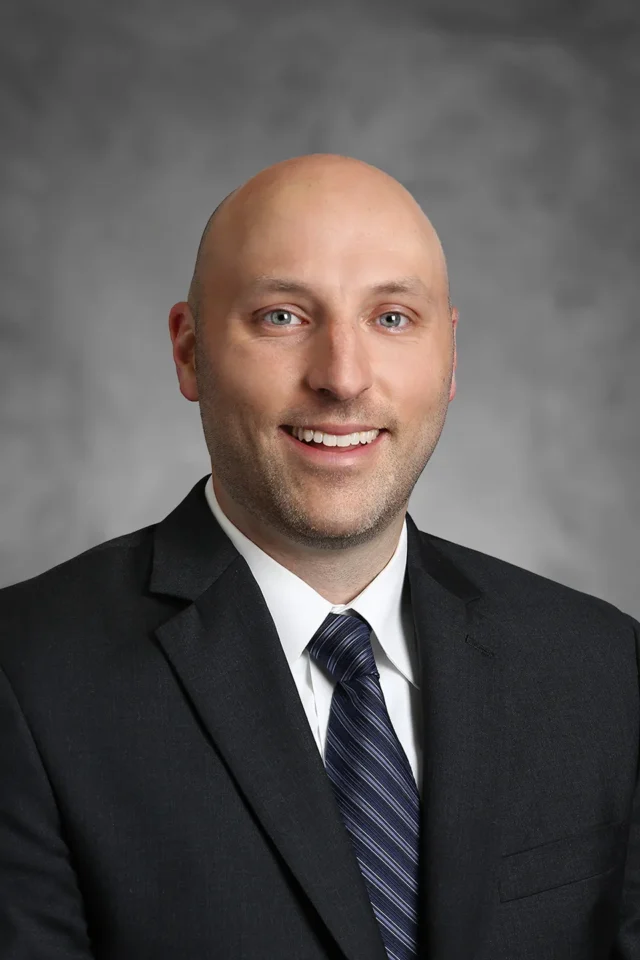
Dr. Matthew Fiesta was already racing to the hospital from his home nearby. Fiesta is a neuro-interventional radiologist with Radiology Associates of North Texas and one of four specially-trained neuro-interventionalists on staff at Texas Health Fort Worth’s stroke center. He already had a wealth of information on his cellphone, generated from the initial hospital assessments.
“As soon as the scan is done, I get an email automatically generated from the CT scanner. I can see the CT images through email, and I can instantly determine if I need to call in my team,” Fiesta said. “When a patient hits the angio room, we’re ready to intervene and save the brain at risk from irreversible damage.”
Once Fiesta confirmed there was no bleeding from a ruptured vessel (a hemorrhagic stroke), it cleared the way for Jing to be treated with an emergency procedure called a “mechanical endovascular thrombectomy.”
“There was an absence of flow right over the brain stem, which is critical to maintain one’s brain function,” Fiesta said, showing angiographic images of Jing’s brain before the procedure. At least half of the blood vessels in his brain were shut down.
Fiesta inserted a thin device (the “mechanical” part of the thrombectomy) through the tube catheter from an artery in the groin up to an artery overlying the brain stem. Fiesta guided the catheter up to the clot using live X-ray images, or fluoroscopy, and captured the clot intact inside a stent that looked like a tiny net. Sometimes the mechanical device used can act more like a suction cup to suck out the clot, or a fluid jet.
“I like to remove it whole without breaking off pieces that could stay in the arteries and become more blockages,” said Fiesta. The procedure, more dramatic than any TV show or video game, is usually completed in 30 to 45 minutes.
A gift of time
Stroke is often thought of as a condition of older adults, but Fiesta said he has treated stroke patients in their 30s and as young as 23.
Successful stroke treatment is a gift of time. Good outcomes can be achieved in four to six hours after the stroke, or even 24 hours. After that, affected brain tissue dies.
Jing went home three days after the procedure.
Since last summer, he has modified his lifestyle by cutting back on the work hours, changing his diet and getting more exercise.
“I feel very privileged and blessed,” said Jing, who recently turned 50
“I like to see the patients off the ventilator,” Fiesta said. “He told me he wanted to go home and watch ‘Game of Thrones.’”
Stroke symptoms
- Remember the word “FAST” when you suspect that you or a loved one has suffered a stroke.
- Face (drooping skin, eyelids or mouth)
- Arms (hold both out in front; seek help if one can’t be held straight out)
- Speech (slurred or not making sense)
- Time (note the person’s last “well” time)
Published by the Fort Worth Star Telegram | Article by Shirley Jinkins
March 30, 2018 03:56 PM | Updated March 31, 2018 01:58 PM
